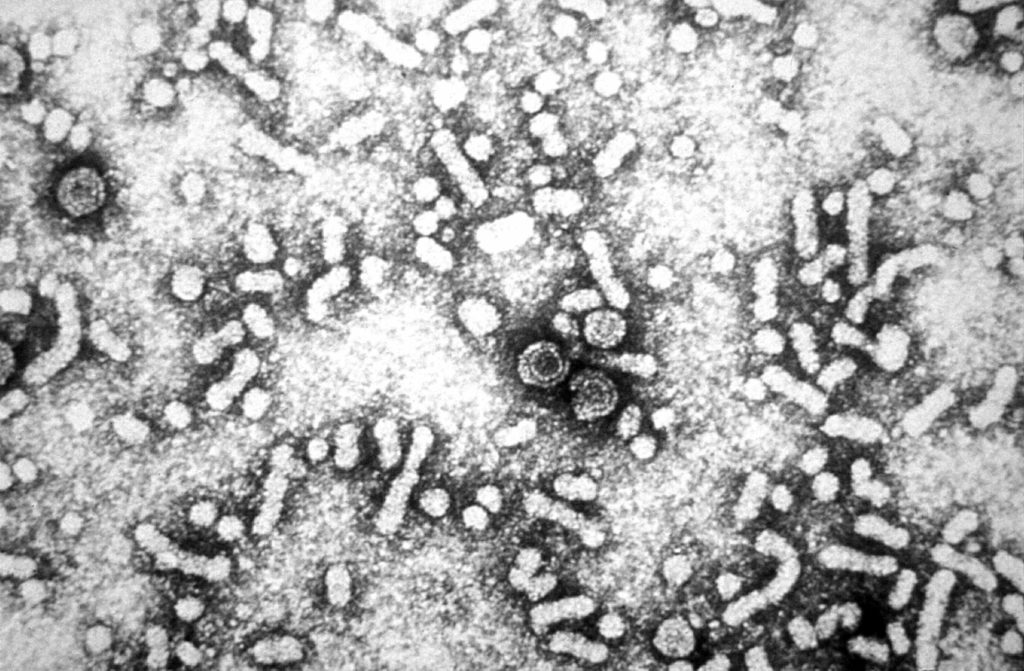WHAT IS HCV?

HEPATITIS C (HCV)
Hepatitis C is a liver disease caused by the hepatitis C virus (HCV), primarily transmitted through contact with infected blood. Many individuals with HCV are unaware of their infection, as symptoms may be absent or nonspecific. If left untreated, chronic hepatitis C can lead to severe liver complications, including cirrhosis and liver cancer.
Advancements in treatment have made hepatitis C highly curable. Current therapies involve 8–12 weeks of oral direct-acting antiviral (DAA) medications, achieving cure rates exceeding 95% with minimal side effects. The American Association for the Study of Liver Diseases (AASLD) and the Infectious Diseases Society of America (IDSA) recommend treatment for nearly all individuals with hepatitis C, excluding pregnant women and children under three years old.
The Centers for Disease Control and Prevention (CDC) advises hepatitis C testing for all adults at least once, all pregnant women during each pregnancy, and individuals with risk factors such as injection drug use. Early detection and treatment are crucial to prevent long-term liver damage and reduce transmission.